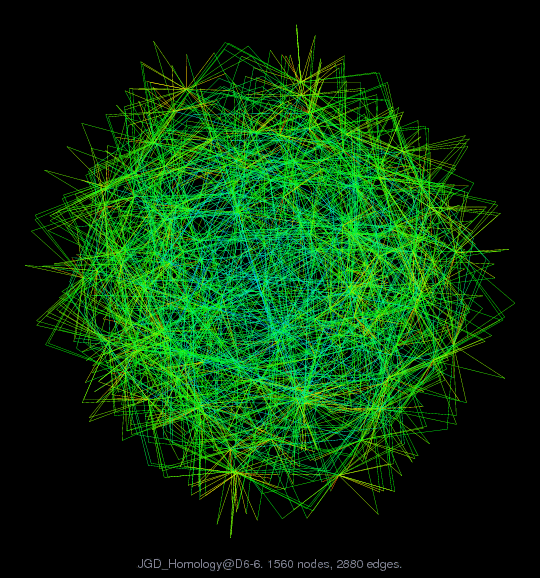
Matrix: JGD_Homology/D6-6
Description: Simplicial complexes from Homology from Volkmar Welker.
 |
| (bipartite graph drawing) |
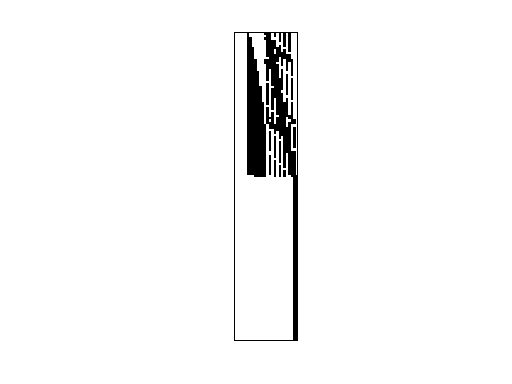 |
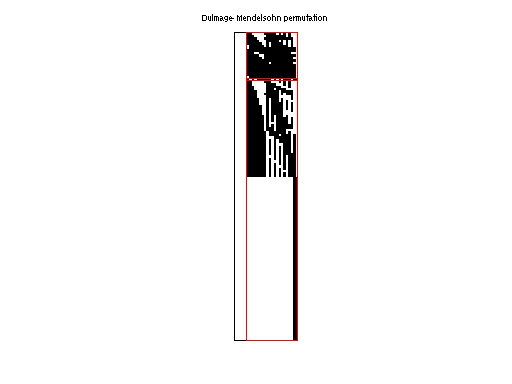 |
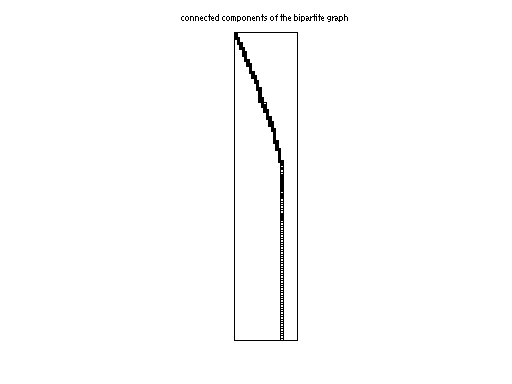 |
| Matrix properties | |
| number of rows | 120,576 |
| number of columns | 23,740 |
| nonzeros | 146,520 |
| structural full rank? | no |
| structural rank | 18,660 |
| # of blocks from dmperm | 2 |
| # strongly connected comp. | 75,727 |
| explicit zero entries | 360 |
| nonzero pattern symmetry | 0% |
| numeric value symmetry | 0% |
| type | integer |
| structure | rectangular |
| Cholesky candidate? | no |
| positive definite? | no |
| author | V. Welker |
| editor | J.-G. Dumas |
| date | 2008 |
| kind | combinatorial problem |
| 2D/3D problem? | no |
| Additional fields | size and type |
| T | full 147240-by-3 |
Notes:
Simplicial complexes from Homology from Volkmar Welker.
From Jean-Guillaume Dumas' Sparse Integer Matrix Collection,
http://ljk.imag.fr/membres/Jean-Guillaume.Dumas/simc.html
http://www.mathematik.uni-marburg.de/~welker/
Filename in JGD collection: Homology/D6-6.sms
The original file contains 720 duplicate entries,
and is the only file in the JGD collection with
duplicates. The original triplets can be found
in Problem.aux.T, where the kth triplet is row k
of T: row index T(k,1), column index T(k,2), value T(k,3),
so that A = spconvert (Problem.aux.T)
| Ordering statistics: | result |
| nnz(V) for QR, upper bound nnz(L) for LU, with COLAMD | 1,478,161 |
| nnz(R) for QR, upper bound nnz(U) for LU, with COLAMD | 440,884 |
Note that all matrix statistics (except nonzero pattern symmetry) exclude the 360 explicit zero entries.
| SVD-based statistics: | |
| norm(A) | 5.47723 |
| min(svd(A)) | 0 |
| cond(A) | Inf |
| rank(A) | 14,409 |
| sprank(A)-rank(A) | 4,251 |
| null space dimension | 9,331 |
| full numerical rank? | no |
| singular value gap | 1.94125e+14 |
| singular values (MAT file): | click here |
| SVD method used: | s = svd (full (R)) ; where [~,R,E] = spqr (A) with droptol of zero |
| status: | ok |
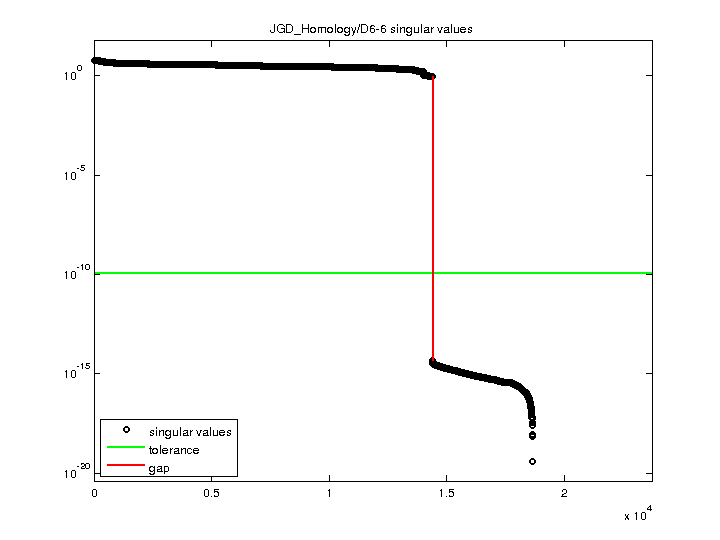
For a description of the statistics displayed above, click here.
Maintained by Tim Davis, last updated 12-Mar-2014.
Matrix pictures by cspy, a MATLAB function in the CSparse package.
Matrix graphs by Yifan Hu, AT&T Labs Visualization Group.